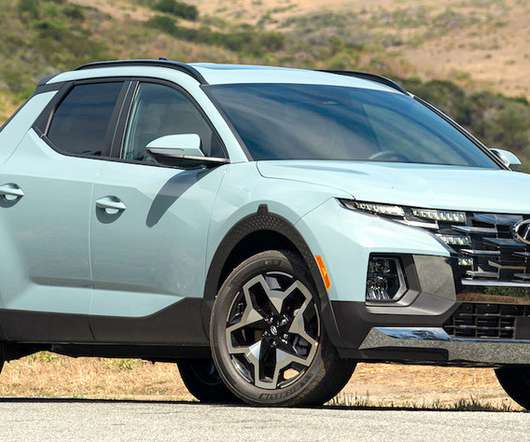EIA projects world energy use to increase 53% by 2035; oil sands/bitumen and biofuels account for 70% of the increase in unconventional liquid fuels
Green Car Congress
SEPTEMBER 20, 2011
World oil prices remain high in the IEO2011 Reference case, but oil consumption continues to grow; both conventional and unconventional liquid supplies are used to meet rising demand. In the IEO2011 Reference case the price of light sweet crude oil (in real 2009 dollars) remains high, reaching $125 per barrel in 2035.

















Let's personalize your content